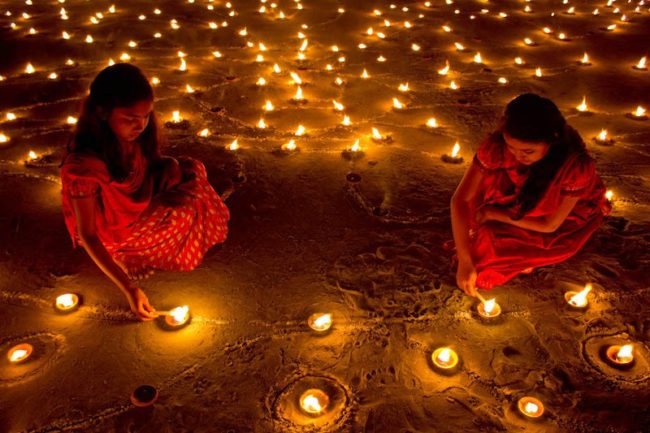November 7 marked the day of Diwali, a Hindu celebration commonly known as “the festival of lights.”
According to legend, Diwali began as a celebration for Lord Rama, a reincarnation of Vishnu, as he came back to his home of Ayodhya after a long period of being exiled and after he defeated the demon, Ravana. It is also associated with Lakshmi, the goddess of prosperity.
Sophomore Trisha Punamiya is an SMU international student from India. She says celebrating Diwali in the United States versus at home is very different.
“Diwali at home is basically like Christmas here,” Punamiya said. “All the houses are lit, everyone is going everywhere, gifts are being exchanged, and everyone has time off from work or school. We used to burst firecrackers, but we stopped because of the harm it causes the air.”
Although the Indian Student Association at SMU throws a Diwali celebration every year on campus, Diwali has more to it than that.
“Now, it is celebrated by wearing new clothes, lighting candles, performing the Laxmidevi Puja, lighting firecrackers, and sharing sweets,” SMU sophomore Ankita Padarthy said.
A puja is a Hindu religious ceremony that shows devotion. It usually involves flowers, lights and a figurine of a god or goddess.
Diwali is one of the most celebrated and beloved festivals in India. It carries a lot of significance and culture within the festivities. Many Hindu Americans call Diwali their favorite holiday and look forward to it every year.
“I miss Diwali at home,” Punamiya said.









